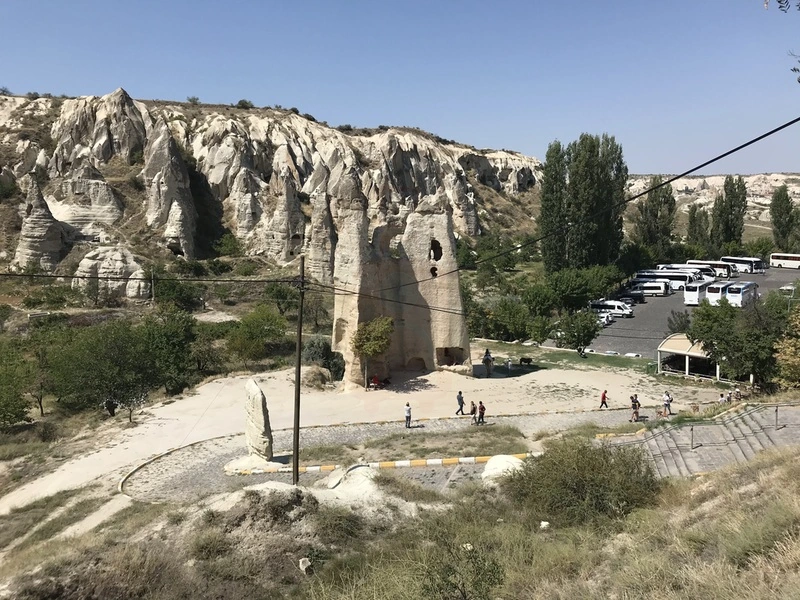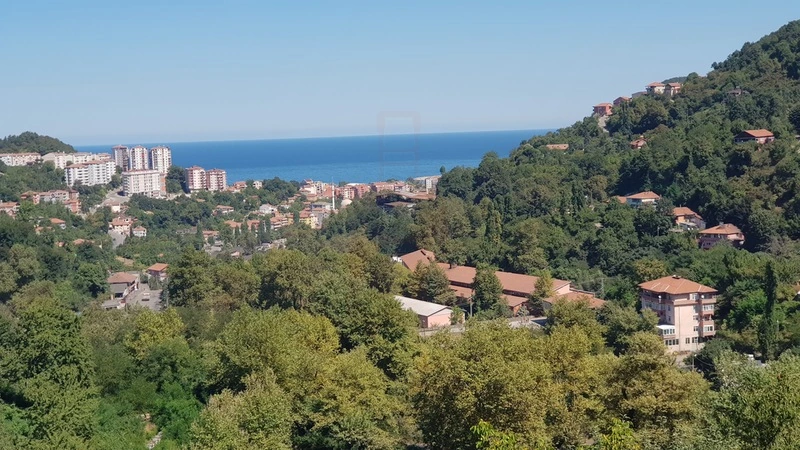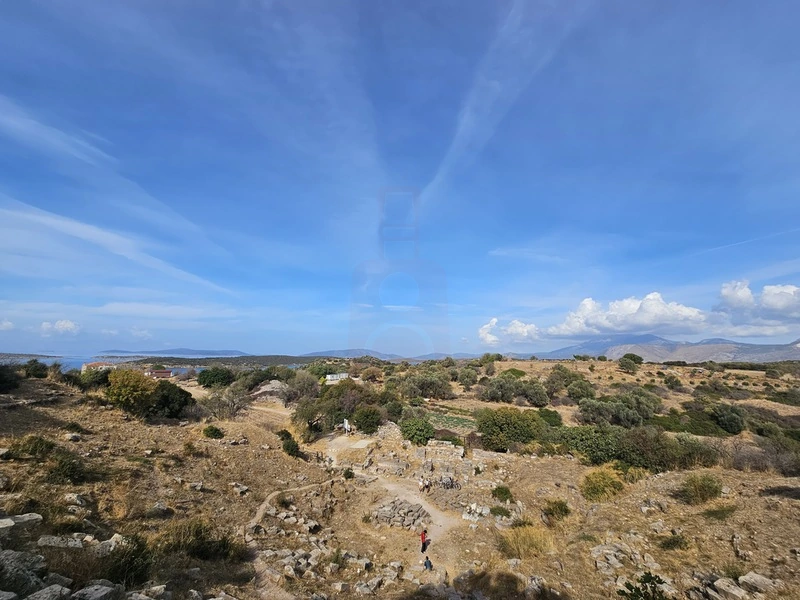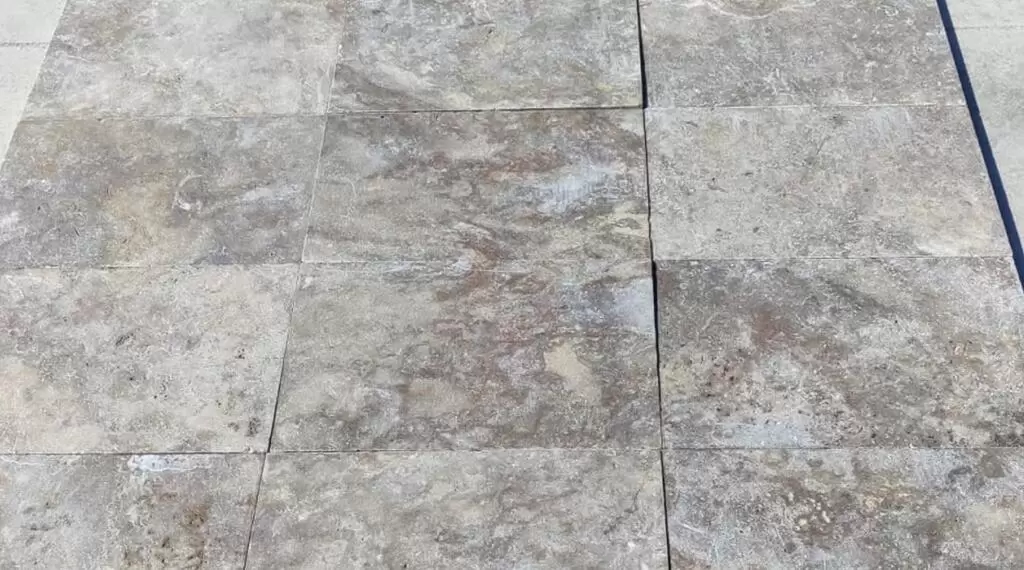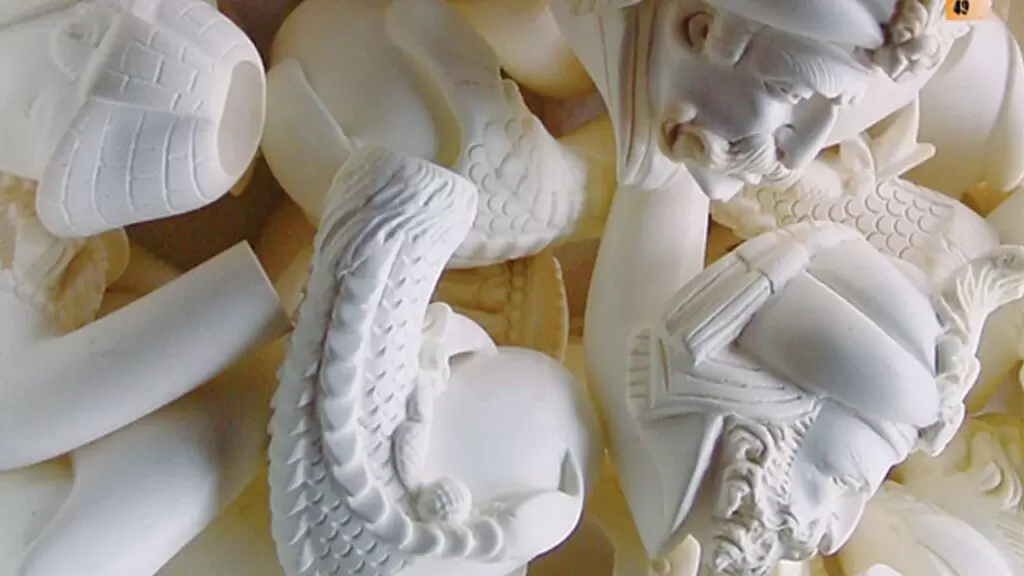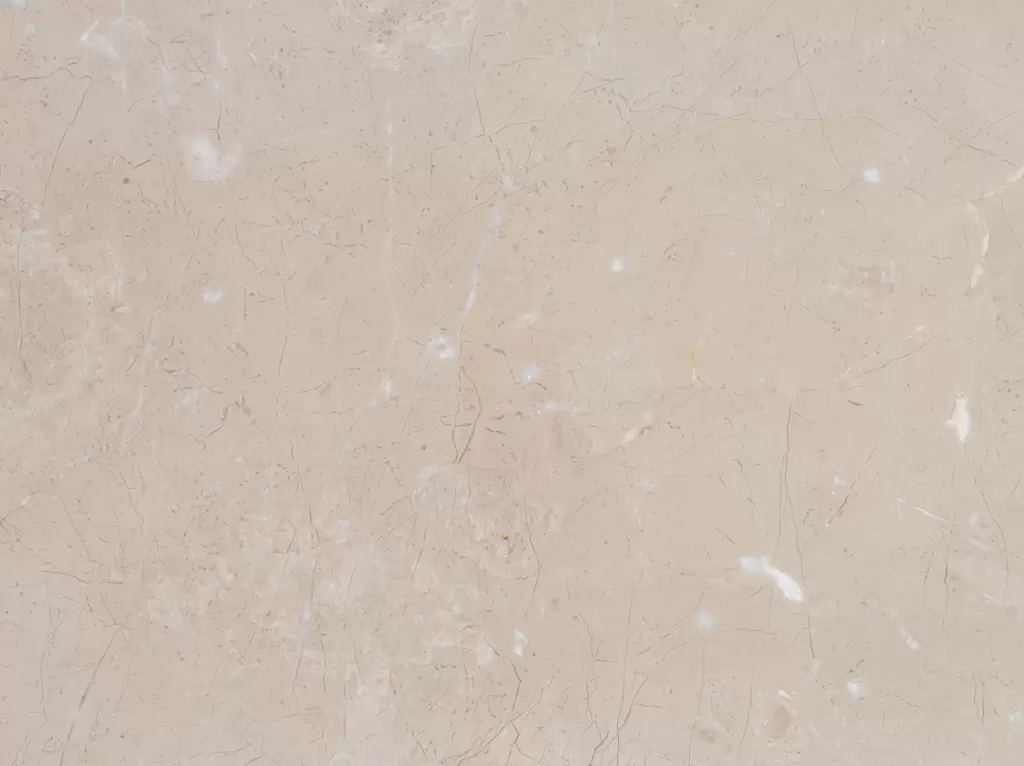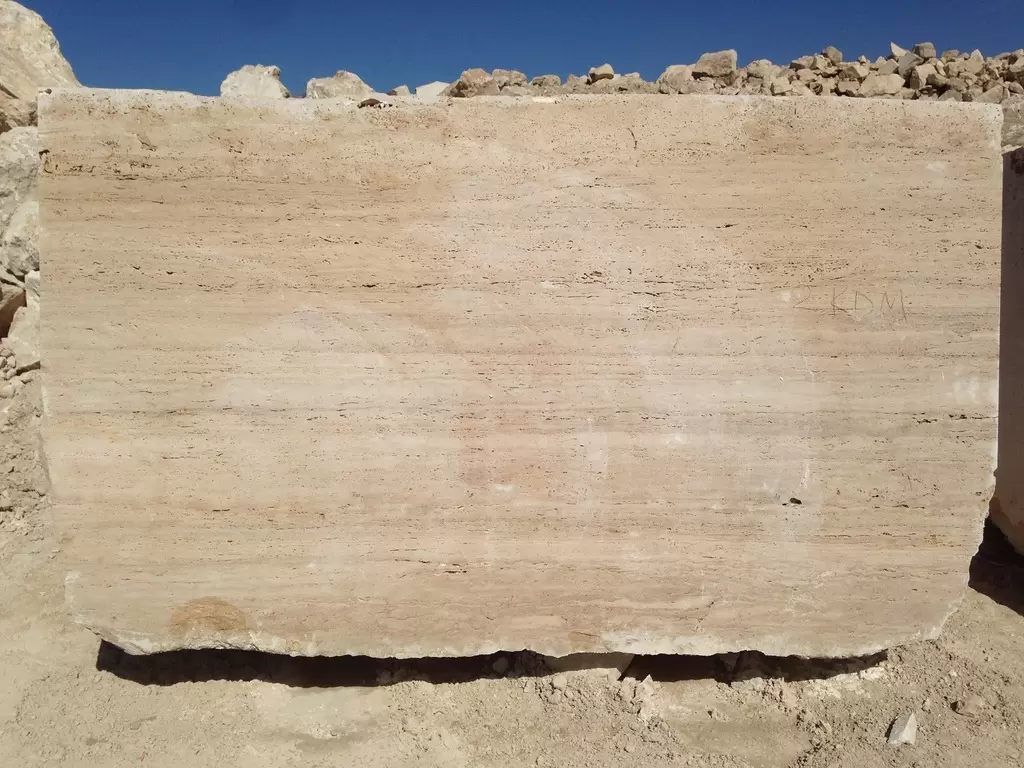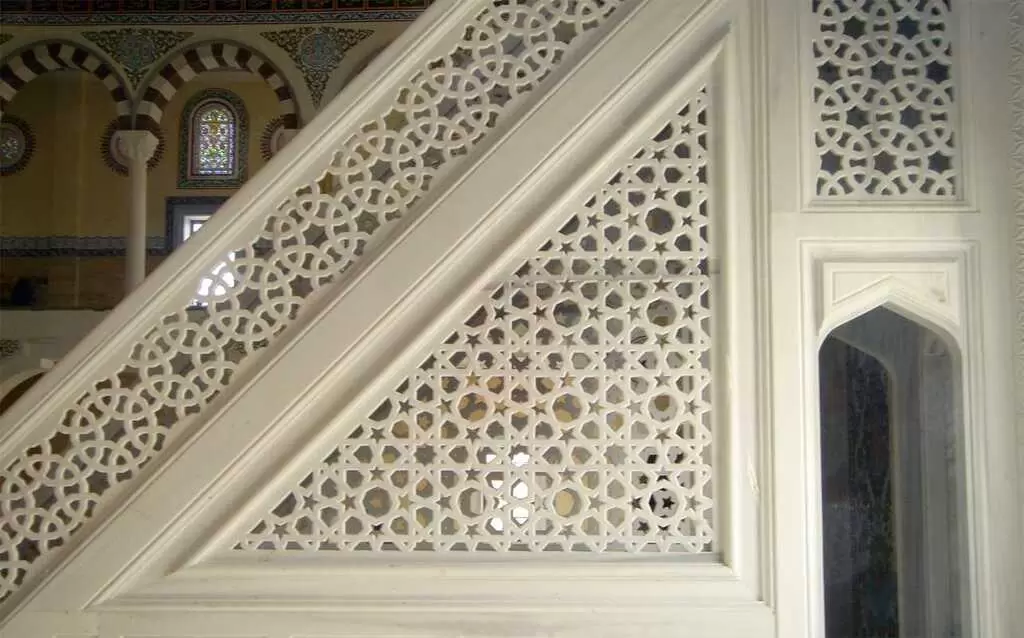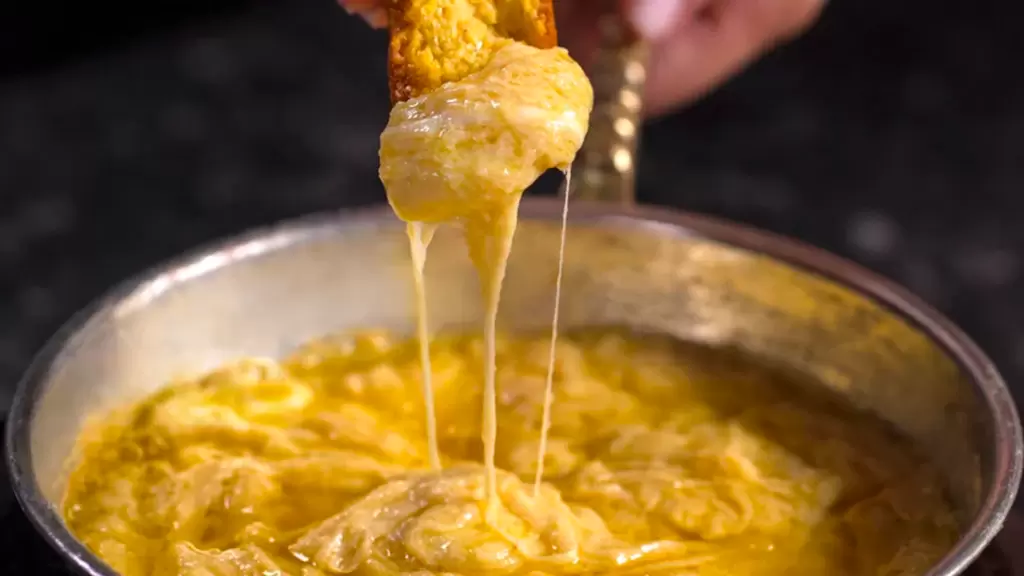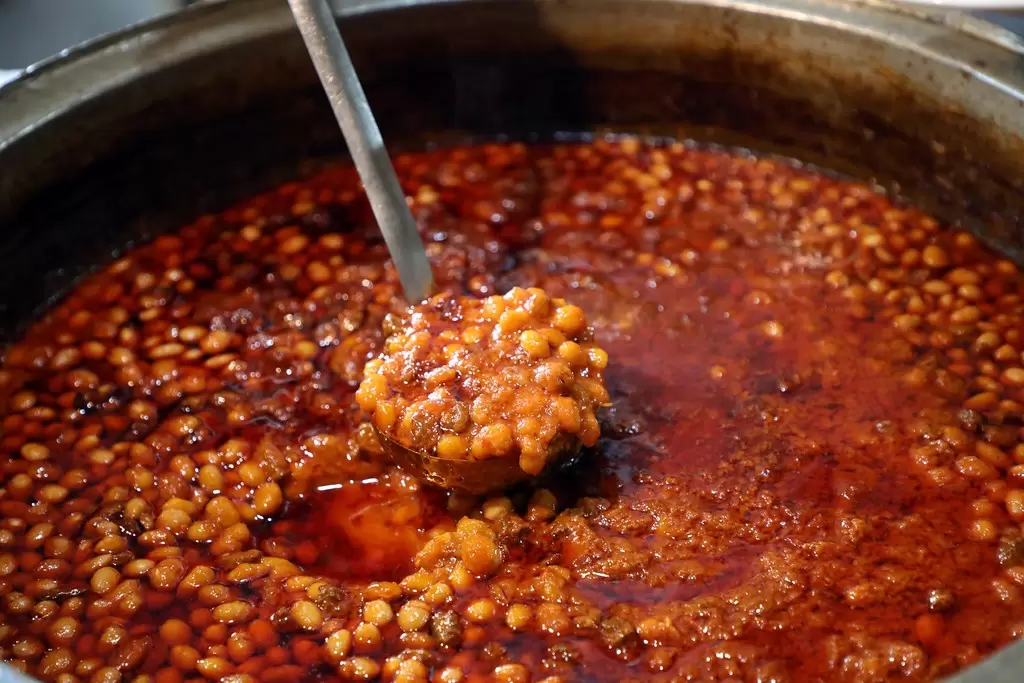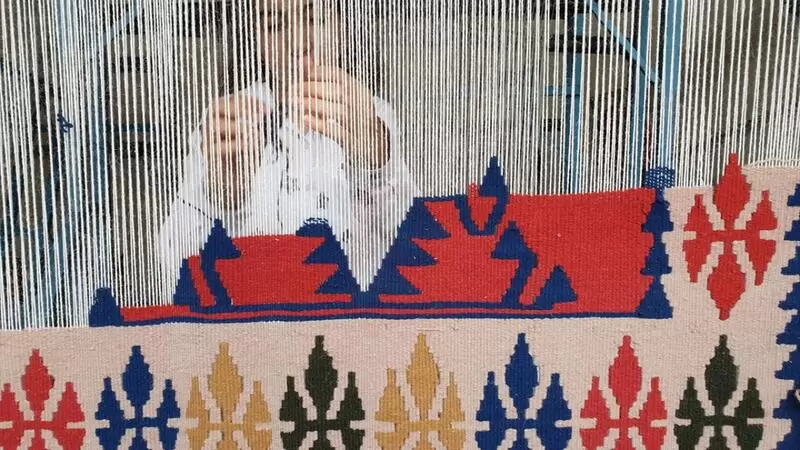
Introduction et contexte historique
Le Karatepe Kilim est un art textile traditionnel originaire du village de Karatepe à Kadirli, Osmaniye. Son histoire remonte au VIIIe siècle avant JC, ce qui en fait lune des formes dexpression artistique les plus anciennes de la région. Au fil des siècles, cet artisanat a été préservé et transmis de génération en génération, conservant sa signification culturelle et son authenticité.
Matériaux et production
Karatepe Kilim est entièrement fabriqué à partir de laine de haute qualité, teinte à laide de pigments naturels dérivés de plantes locales telles que lécorce de grenade, les feuilles de noyer, les pelures doignon, lécorce de chêne et les feuilles dolivier. Ces colorants naturels confèrent aux kilims des couleurs riches et durables. Le processus de tissage utilise des techniques traditionnelles utilisant des métiers à tisser en bois, garantissant un tissage serré et un produit durable. Le tissage est si précis que les Karatepe Kilims sont double face et également fonctionnels des deux côtés.
Design et motifs
Les Karatepe Kilims sont réputés pour leurs motifs géométriques et symboliques complexes, qui mélangent des motifs tribaux turcs anatoliens avec des motifs locaux. Certains des motifs les plus importants incluent :
- Motifs géométriques : étoiles, formes de baklava et lignes en zigzag.
- Motifs inspirés de la nature : fleurs de grenade, pins, et tulipes.
- Motifs animaux : gueule de loup, traces doiseaux et figures de canard.
- Symboles culturels : Eli Belinde ( mains sur hanches) symbolisant la fertilité, et koçboynuzu (corne de bélier) représentant la force.
Les motifs ont souvent des significations culturelles et spirituelles, servant de forme de communication et dexpression pour les artisans. De plus, les bordures et les motifs centraux sont soigneusement disposés pour créer une composition harmonieuse.
Caractéristiques fonctionnelles et esthétiques
Les Karatepe Kilims sont très appréciés pour leur durabilité et leur polyvalence. Ils sont étroitement tissés à laide de fils de chaîne étirés et de fils de trame fermement pressés à laide dun outil lourd en forme de peigne appelé kirkit. Ce procédé les rend résistants à la poussière et à la saleté. Leurs principales utilisations incluent :
- Décoration intérieure : comme tapis, tentures murales ou nappes.
- Utilisation fonctionnelle : comme couvertures, couvertures ou coussins .
- Expositions culturelles : présentées sous forme dœuvres dart traditionnelles dans des musées et des expositions.
Importance culturelle
Au-delà de leur valeur esthétique et fonctionnelle, les Karatepe Kilims témoignent du riche patrimoine culturel de Karatepe et de la région environnante. Ils reflètent le mode de vie, les croyances et les traditions de la communauté locale, préservant ainsi un héritage dartisanat et de créativité. Lartisanat de fabrication des Karatepe Kilims est considéré comme un patrimoine culturel immatériel et est célébré lors de festivals et dévénements culturels locaux.
Caractéristiques uniques
- Teinture naturelle : les couleurs proviennent de sources écologiques et durables.
- Précision géométrique : les motifs sont symétriques et uniformément répartis .
- Double utilisation : Les kilims sont double face, ce qui augmente leur polyvalence.
- Authenticité tissée à la main : Chaque pièce est unique , mettant en valeur le savoir-faire de lartisan et créativité.
- Profondeur historique : enracinés dans des traditions millénaires, ils sont un symbole durable de lhistoire de la région.
Conclusion
Karatepe Kilim est plus quun simple textile ; cest une tradition vivante qui incarne le talent artistique, la culture et la résilience de sa communauté. Avec ses designs uniques, son savoir-faire durable et sa riche histoire, le Karatepe Kilim continue de captiver les passionnés du monde entier, ce qui en fait un produit dindication géographique précieux.




